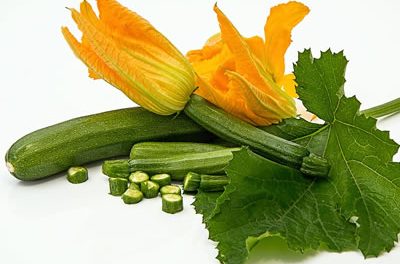There are two types of fennel, both with pale green, celery-like stems and bright green, feathery foliage.
Florence fennel, also called finocchio, is cultivated throughout the Mediterranean and in the United States. It has a broad, bulbous base that's treated like a vegetable. Both the base and stems can be eaten raw in salads or cooked in a variety of ways, including braising, sauteing, or in soups. The fragrant, graceful greenery can be used as a garnish or snipped like dill and used for a last-minute flavor enhancer. The flavor of fennel is sweeter and more delicate than that of anise and when cooked, becomes even lighter and more elusive than when raw.
Common fennel is the variety from which the oval, greenish-brown fennel seeds come. The seeds are available whole and ground and are used in both sweet and savory foods, as well as to flavor many liqueurs. Though common fennel is bulb-less, its stems and greenery are used the same way as Florence fennel. Common fennel is not usually available in U.S. markets.
Florence fennel is available from fall through spring. Choose clean crisp bulbs with no sign of browning. Any attached greenery should be a fresh green color.
Refrigerate fennel, tightly wrapped in a plastic bag, for up to five days. Fennel should be washed, the base trimmed, and the stalks and greenery removed before using. It can be used raw in salads, cooked as a vegetable, or added to soups and stews.
Fennel is rich in vitamin A and contains a fair amount of calcium, phosphorus, and potassium.
Cooking Smart by Sharon Tyler Herbst












